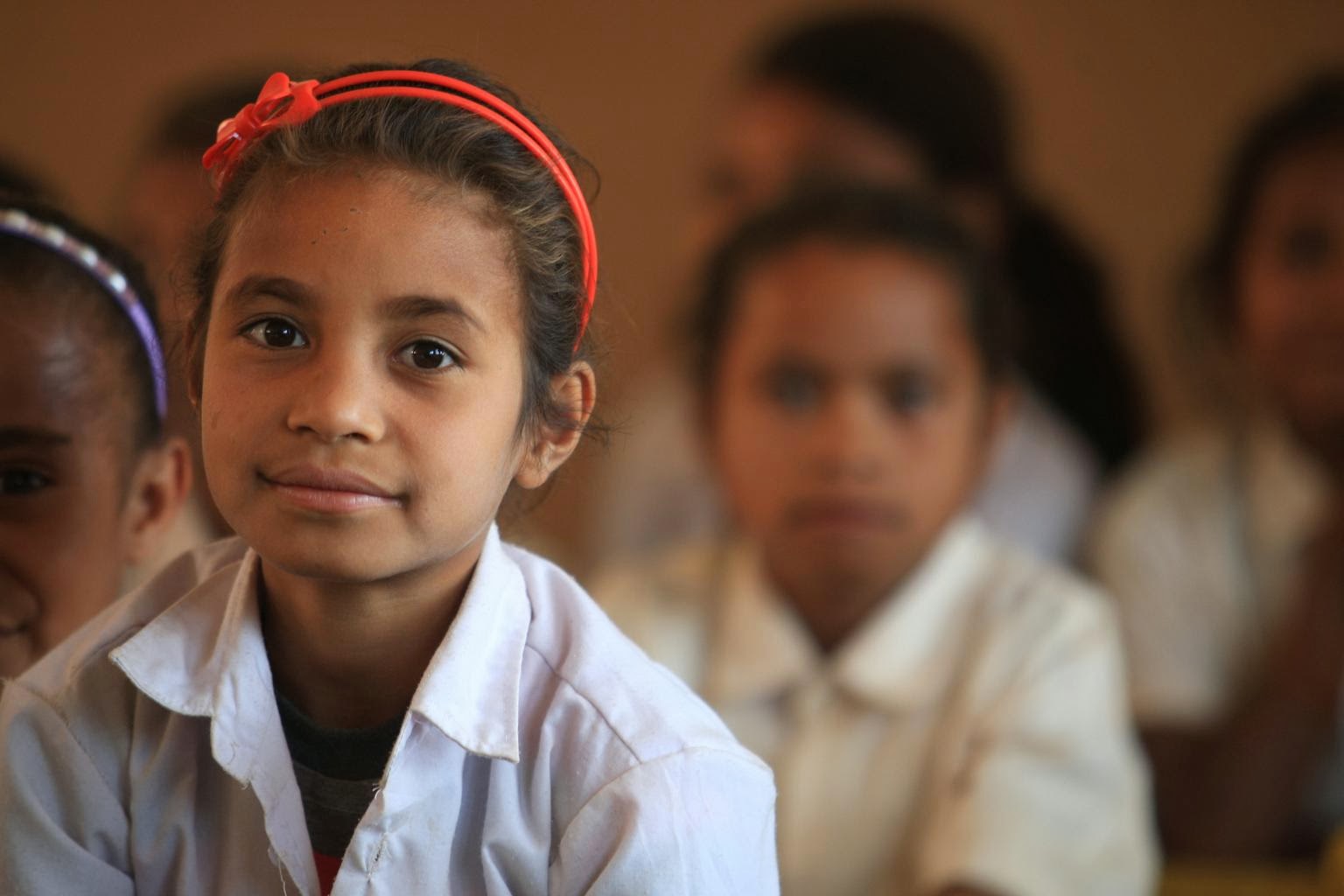One of the major challenges of the education system in India is to address gender disparities in terms of enrolment and drop-out rates of the girl child. The dismal female literacy rate in 1981 was at 28.47% and increased to 65.46% in 2011 as opposed to the male literacy rate of 82.14% in 2011. The rural findings of ASER 2018 also reflected that in 2008, 20% of girls nationally in the 15-16 age group were not enrolled in schools, and in 2018 this number remained at 13.5%.
This gender gap emerges at the earliest level of education and widens as the education level increases owing to various socio-cultural disadvantages faced by girls in both public and private spheres. The significant drop-out rates and low enrolment rates for girls are determined by material resources available with the family, gender norms established by society, home environment, perceptions about educated women, and school infrastructure, environment and distance.
In this Policy Report we highlight the existing gaps that hinder girls’ access to school education while also examining the limitations of policies devised to improve such access amongst girls in India. We advocate for policy reforms in the context that while policies have majorly focussed on increasing enrolment rates at all levels of schooling, the need of the hour is to improve quality and opportunity of school education for girls.

